Latest information on content and events
CONTENTS / EVENT
-
Even beginners can feel at ease! A sake experience facility where you can find your favorite sake. Sample eight types of sake and find your favorite. An experience facility where you can make sake with a "one-of-a-kind taste" by blending your favorite sakes. You can also take home the sake you make on the same day, so enjoy this unique and innovative "sake experience."
CulturalKyoto experienceKyoto sustainable tourismJapanese sake
-
This service allows you to drop off your luggage at a designated counter after arriving at Kansai International Airport, and have it delivered to you on the same day. Sightseeing while climbing stairs or walking uphill with luggage can be challenging, so we highly recommend making use of this service!
-
Cultural TourismSustainability
Kyoto Sightseeing Shuttle NearMe
~ Avoid crowds by making reservations and sharing rides ~A reservation taxi service in central Kyoto, with reservations made up to the day before. No reservation fee, and a safe taxi with confirmation of dispatch in advance. Shared ride option available, up to 50%OFF -
Why not create your own T-shirt at a 100-year-old printing studio? Students can take the lead in creating T-shirts using photos they have taken themselves. In the studio of a 100-year-old T-shirt printing company, students will experience full-scale production using DTF printing technology, and experience photo editing, layout, and printing. The completed T-shirts can be purchased later by distributing the 2D barcode on the e-commerce site to parents. The program also includes a lecture on the history and traditional craft of Fujiki Yuzen, providing an in-depth learning experience that combines culture and technology.
SDGs area of this content
-
This program is a special campus tour for elementary and junior high school students where they can see, learn, and experience carbon neutral efforts. The setting is Ritsumeikan University's Kinugasa Campus. University students will act as guides and provide a fun and easy-to-understand introduction to the behind-the-scenes of the eco-campus and the student-led efforts.
SDGs area of this content
-
Experience the history and culture of the world-famous Matcha tea! Discover your own favorite Matcha!
TeaKyoto experienceUji teaMatchaKyoto sustainable tourismKyoto sightseeingtraditional culture
-
A convenient service for those using Japan Airlines (JAL)♪ This service will deliver your baggage that you checked in at the airport before boarding to your hotel on the same day. After you arrive at Itami Airport, you do not need to collect your baggage and can enjoy sightseeing right away.
Sustainable TourismKyoto sustainable tourismKyoto sightseeingcomfortableEmpty-handed sightseeing
-
Enter a world of plants shining at night, surrounded by light and sound. The Kyoto Prefectural Botanical Gardens, Japan's oldest public botanical garden, will celebrate its 100th anniversary in 2024 and will be open at night for a limited time, where you will be immersed in a mysterious other world of plants that are different from those during the day. When you step into one of Japan's largest observation greenhouses, you will see lush greenery colored by light, sound, set design, and projections, and the brilliance of plants full of vitality. As you travel through four different zones, you can use all five senses to feel the breathing and whispering of plants, and the various expressions that emerge at night. Enjoy an immersive experience that will foster a new connection with nature and the charm of plants in a fantastical world of light and sound.
Kyoto Prefectural Botanical GardensMOMENT FACTORYKyoto experienceLINK KYOTOKyoto sightseeingKyoto culture
-
Why not visit Momijiya, where you can enjoy cherry blossoms and mountain azaleas in the spring, cool riverside dining and firefly watching in the summer, autumn leaves in the fall, snow viewing and hot pot cuisine in the winter, and special events featuring maiko in the summer?
-
A direct bus from Amanohashidate to Ine will take you to the seaside town of Ine in a stress-free and easy way. You can reserve a seat and leave your large luggage in the trunk so you can explore! It also includes a sightseeing boat tour of Ine Bay. You can enjoy a leisurely cruise on Ine Bay and a stroll around Ine.
INEIneIne BoathousesShuttle busIne BayPleasure boatTouring Ine BayKYOTOLINK KYOTOKyoto sightseeingKyoto's Unique Venues




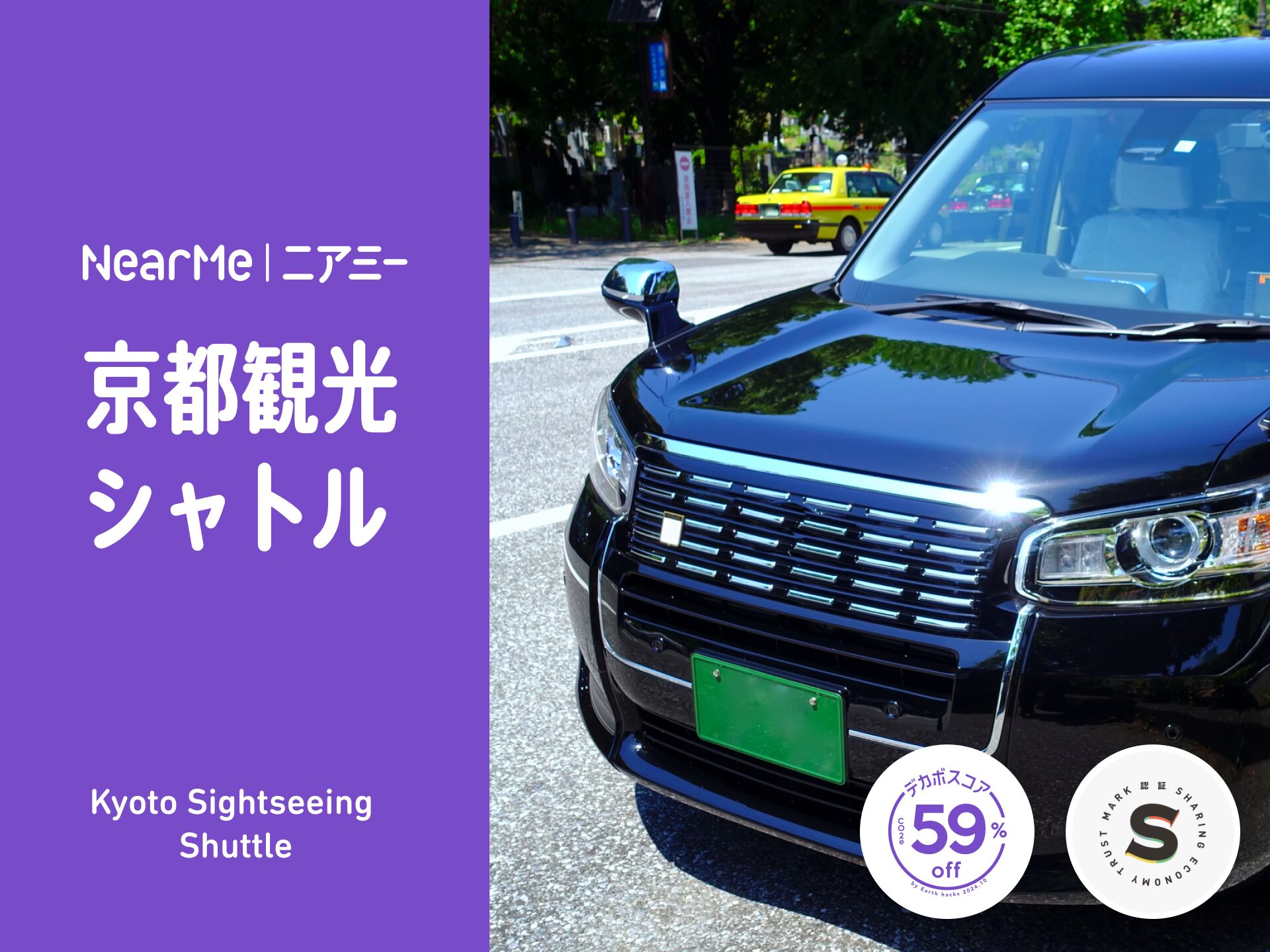
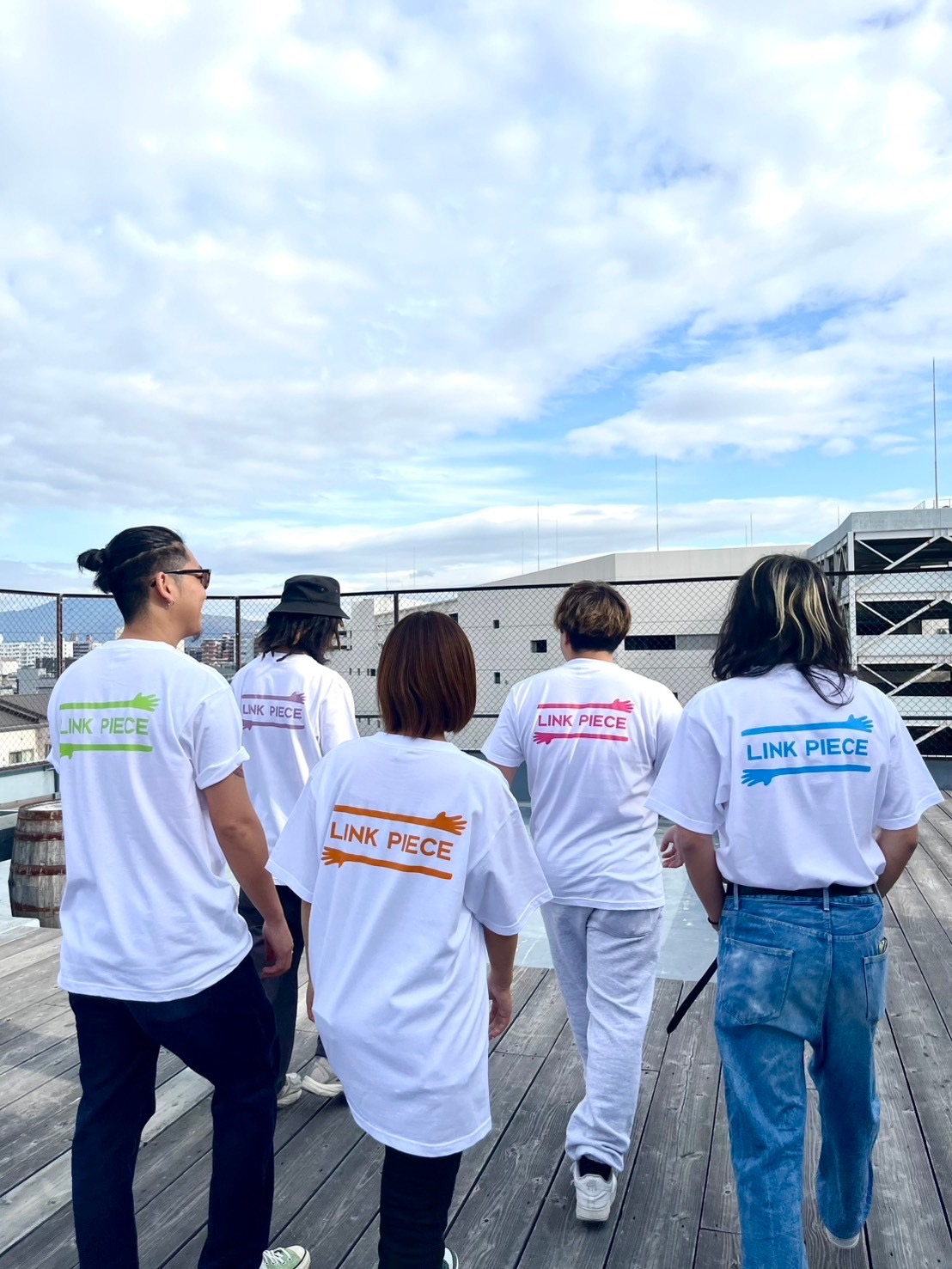






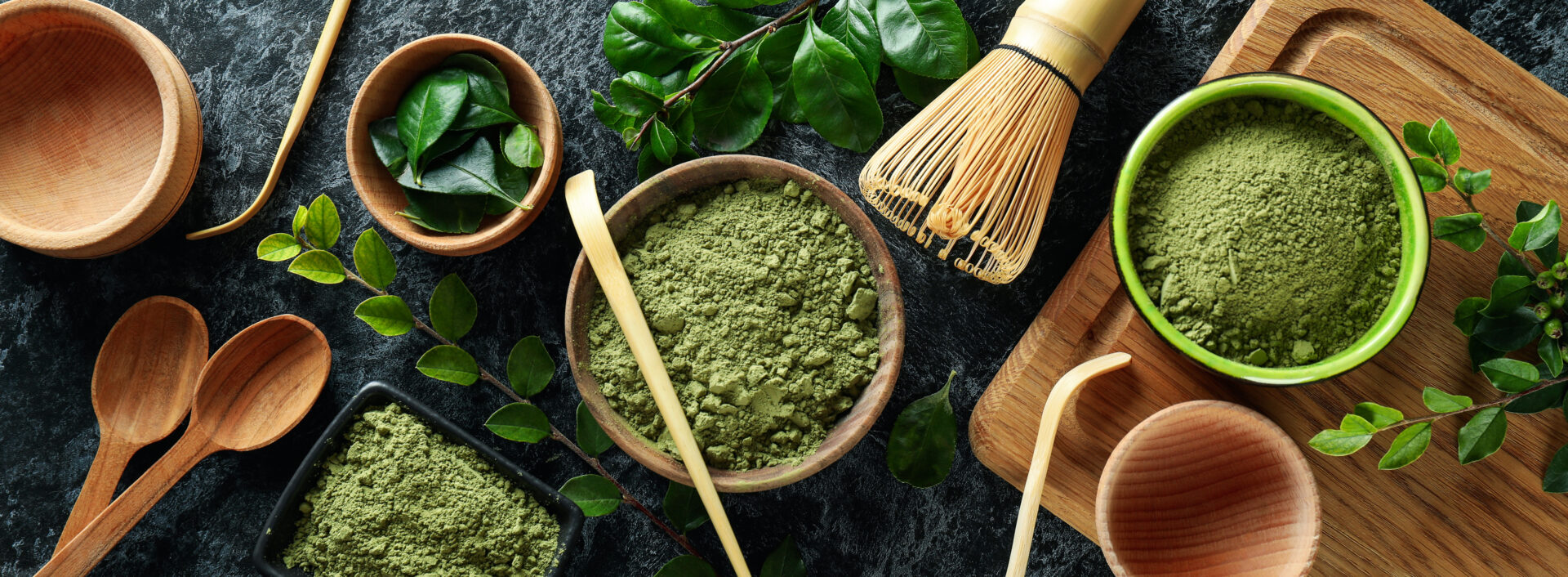

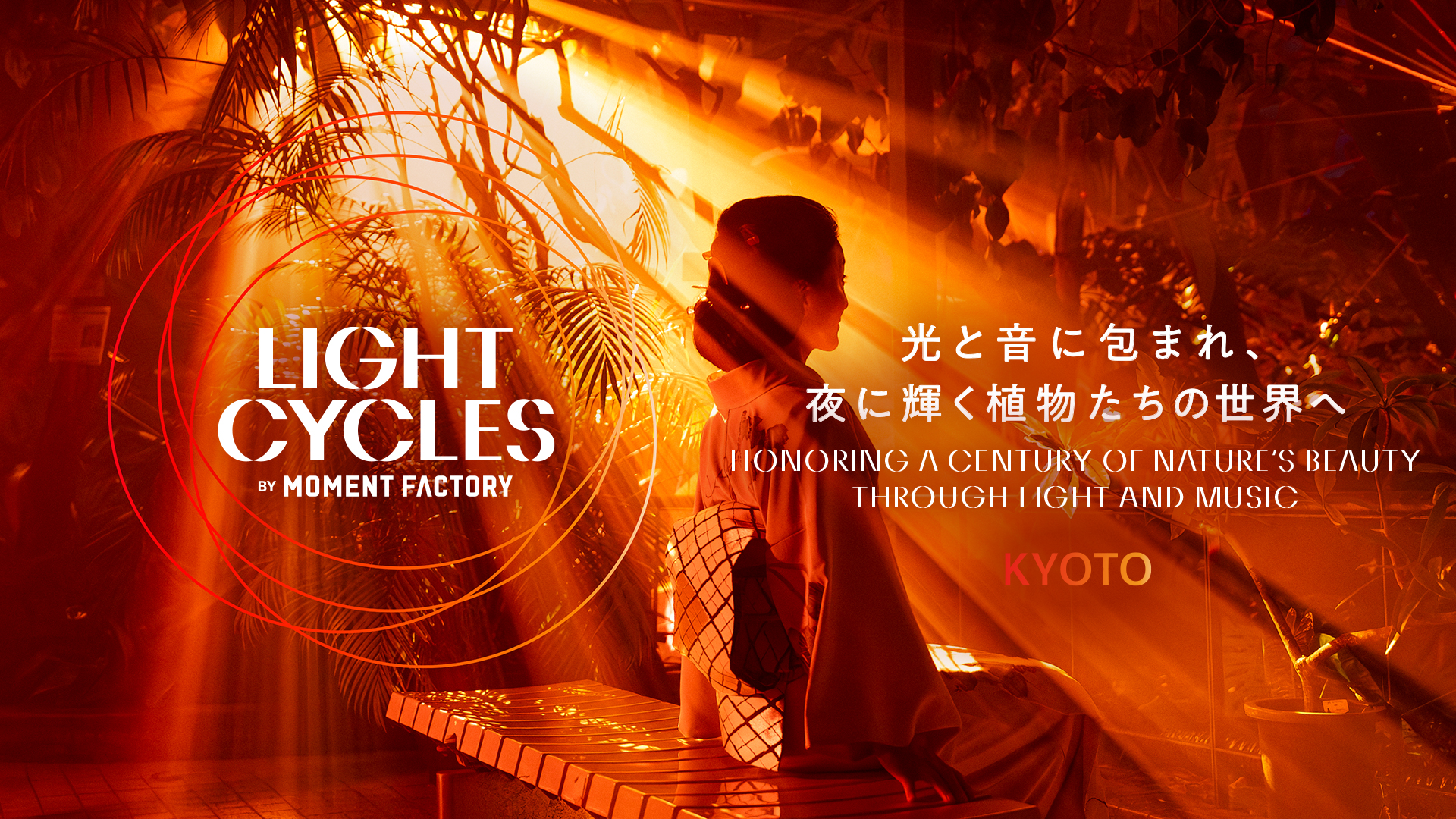
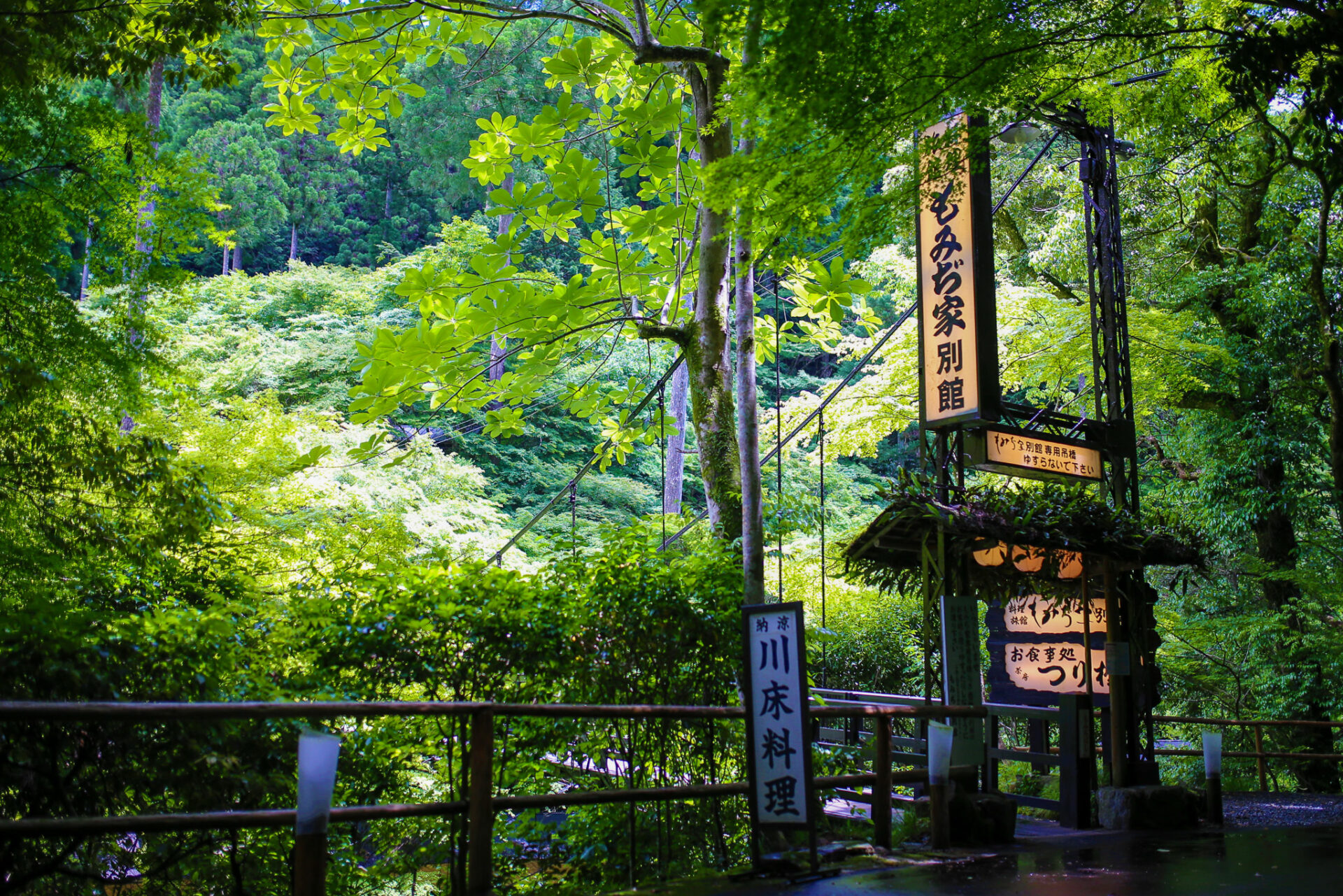
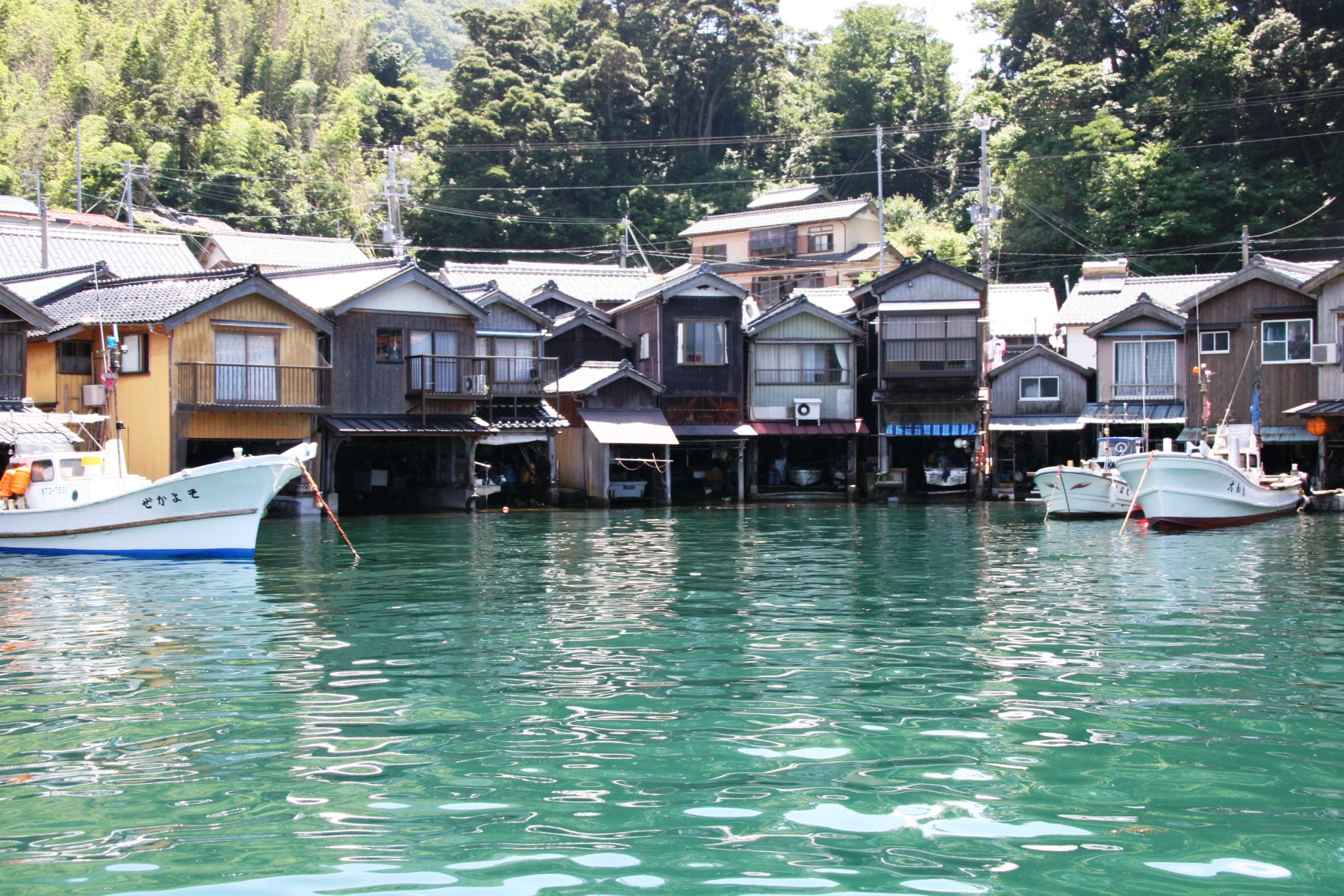
 Kyoto
experience
Kyoto
experience Contact us by phone
Contact us by phone Contact by email
Contact by email